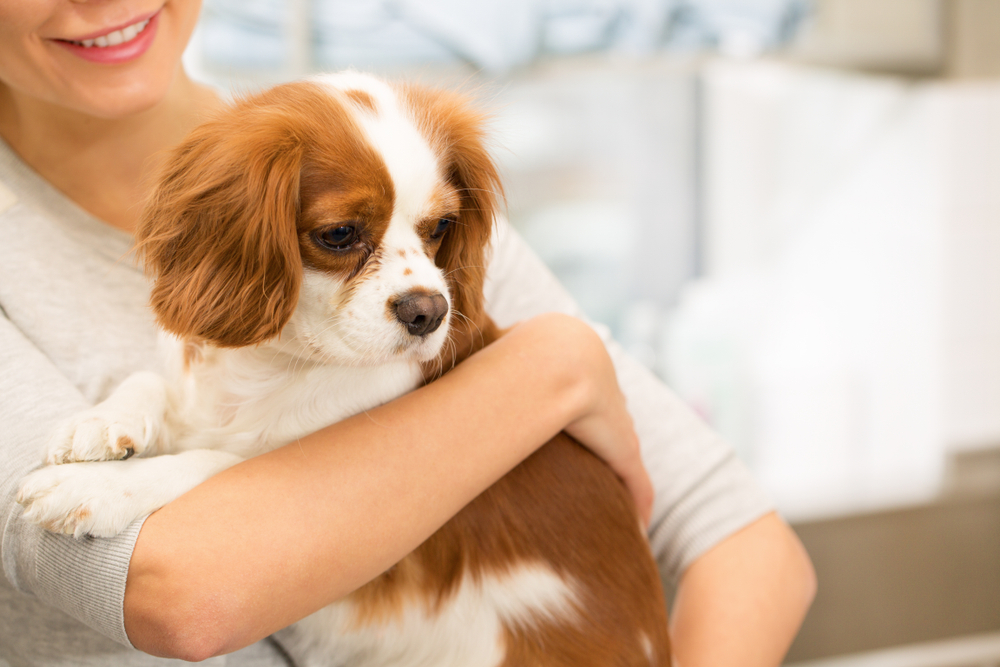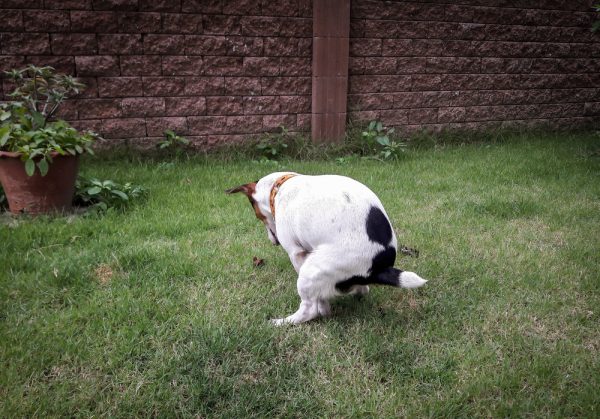Whenever there is a medical emergency, acting promptly with correct action is vital to a positive outcome. Even when you’re not totally sure if hauling them to the emergency clinic is necessary, you know your dog best, so if something feels off, trust your gut and get them help as soon as possible. Emergency veterinary teams can always advise over the phone in case you don’t know whether to attend the clinic, but in general, it’s always best to get your dog seen by a vet and be safe rather than sorry.
Emergencies can include anything from road accidents to dog fights to eating substances they shouldn’t, but in any event, if you notice one or a few of the signs below, call your emergency veterinarian for assistance.

When to Take Your Dog to the Emergency Vet: 13 Situations
1. Difficulty Breathing
If your dog is struggling to breathe, gasping, making vocal sounds when breathing in, or breathing rapidly or shallowly, this indicates respiratory distress and a potentially blocked airway. Especially if they are using their abdomens with effort when breathing or the gums change color. Take this very seriously and get them into a vet clinic as soon as possible.
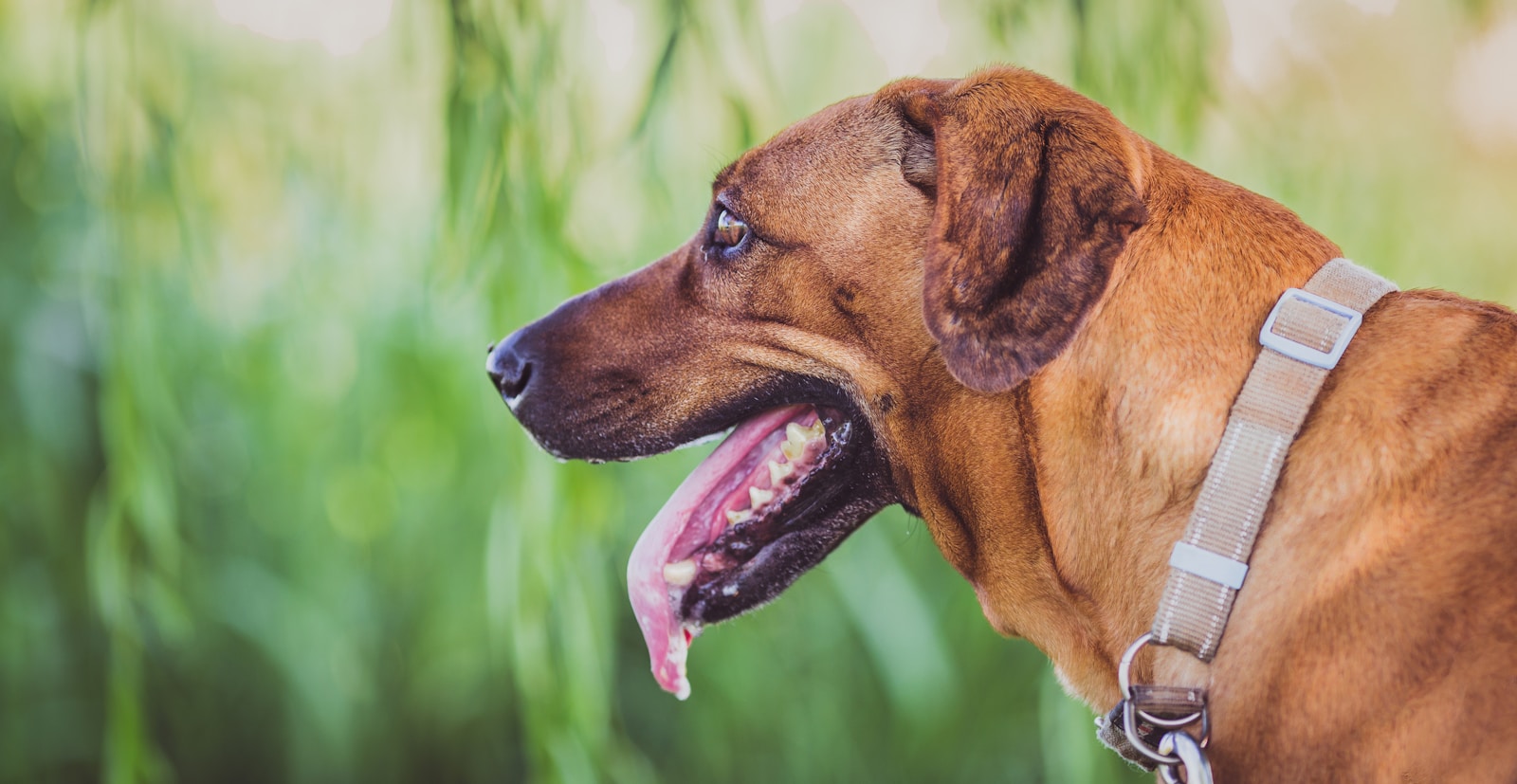
2. Pale or Blue Gums
If the gums are paler than normal or very pale, this can indicate something as severe as internal bleeding or shock, and requires emergency help. Blue-tinged gums occur when there is not enough oxygen in their system, or they can’t breathe properly. Again, immediate veterinary assistance is needed.
3. Severe Bleeding
Excessive visible bleeding that doesn’t stop with applied pressure, blood leaking out from their back end or mouth, or a deep wound all require emergency care. Bleeding can happen due to trauma or injury, such as being hit by a car, a fall, a dog fight, or sustaining any kind of serious injury. Any of these scenarios warrant immediate attention. While you rush to the vet, try to stop the bleeding with pressure or a tourniquet.

4. Ingestion of Toxins and Poisonous Substances
If you know or suspect your dog has ingested a toxic substance or a known poison, keep all the packaging or any evidence and phone a poison helpline for advice. You will likely be advised to take your dog to the emergency vet for treatment and monitoring. What type of treatment they need will depend on the substance eaten and the severity of its toxicity.
Problematic substances can include a range of items, such as certain foods, plants, medications, cleaning products, and chemicals.
If you are far from a vet clinic and need urgent vet advice and guidance on the best course of action you can chat with a vet online.
Did you know you can speak to a veterinarian without having to travel? Just head over to PangoVet. It's an online service where you can talk to a vet online and get the advice you need for your pet — all at an affordable price!

5. Seizures
If your dog is having seizures (also known as fits or convulsions), it is an emergency situation, especially if this is new to your dog. If your dog is on epilepsy medication and has a fit that won’t stop, this, too, requires help.
6. Unconsciousness or Collapse
If your dog collapses or loses consciousness, it’s a sign of a more serious problem that requires immediate veterinary attention. This could mean anaphylaxis (severe form of allergic reaction), syncope (collapse due to loss of blood pressure), or a seizure episode.
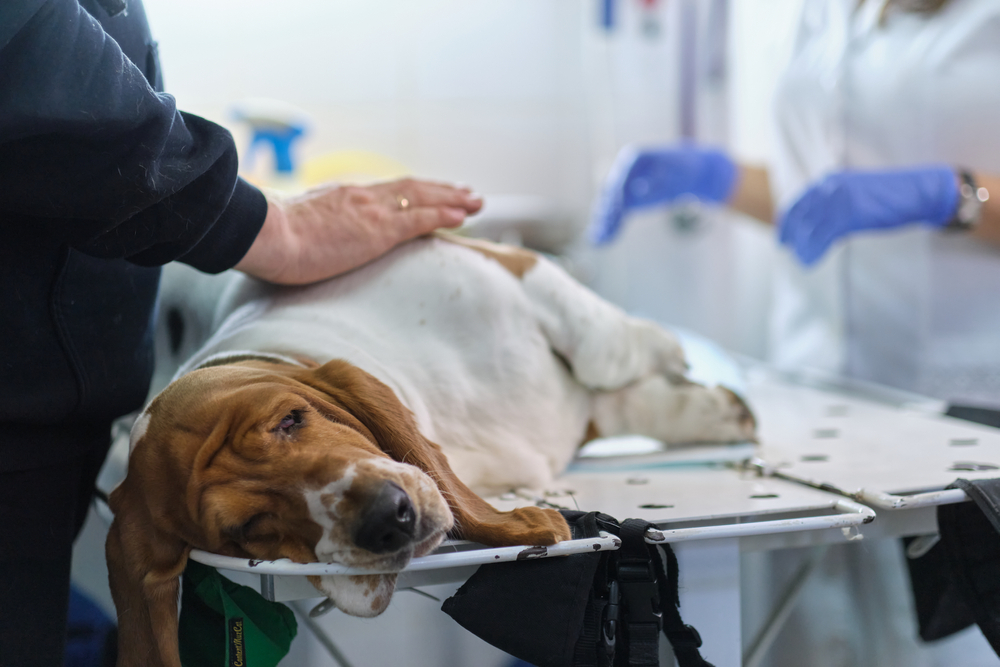
7. Severe Vomiting or Diarrhea
Persistent and severe vomiting or diarrhea can lead to dehydration, which, if left untreated, can lead to confusion, collapse, coma, and even death. Vomiting and diarrhea in the young and elderly are even more problematic and need to be seen by a vet as soon as possible.
8. Inability to Urinate or Defecate
If your dog is struggling to urinate or defecate, it may indicate a blockage, infection, or another, sometimes more sinister cause. Either way, difficulty urinating or defecating or not performing these acts at all is an emergency.
9. Sudden Paralysis
Whenever there is sudden paralysis or the inability to move certain body parts, this needs to be addressed urgently. Causes include spinal problems, toxins, botulism, and immune-mediated diseases.
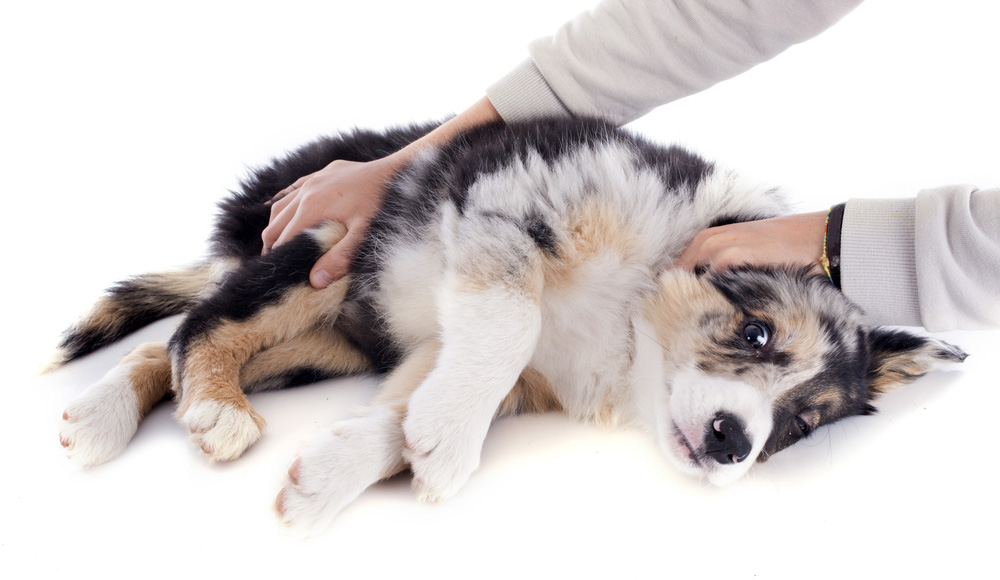
10. Extreme Pain
If your dog is showing signs of severe pain and discomfort, do not hesitate to seek out help. Signs include the following, and your dog may only show one or a combination of a few.
- Limping or holding up a paw or limb
- Reduced eating or not eating at all
- Lethargy
- Behavioral changes
- Whining or growling
- Retreating or hiding
- Being more vocal and/or barking and yelping more and louder
- Not happy for you to touch or stroke them
- Pulling the affected limb or body part away from you if you try to touch or examine it
- Licking and nibbling at the skin or body part
- Guarded abdomen
11. Distended Abdomen
A trip to the emergency vet is needed if the abdomen is very bloated and distended, particularly if this has occurred relatively quickly or they appear in pain, especially if they are a deep-chested breed, such as the Doberman, Basset, or Boxer. This could be a life-threatening condition where the stomach bloats and twists, and emergency treatment is needed.
12. Temperature
A dog that is either excessively cold or excessively hot requires immediate attention and treatment. It helps to know that a dog’s normal body temperature is 101° to 102.5° Fahrenheit.

13. Fractures
Obvious bone fractures and bone damage require an emergency visit. Sometimes, the fracture cannot be seen with the eye, but your dog will demonstrate pain, swelling of the area, inflammatory signs, and unease. Often, they are unable to use the affected part of the body. Fractures, even if only suspected, need treatment straight away.

How to Find an Emergency Vet
The first port of call will be your own veterinarian, as they might provide care 24/7. Either a human being will answer the phone, or instructions will be left on the voicemail as to what to do and who to call. Sometimes, practices divert their out-of-hours (emergency) work to dedicated emergency vets and emergency veterinary practices in order to provide the best care possible. These may be further away and more costly.
When you register with a veterinary practice, check what the regime is for emergencies in case you need to use it. Equally, if their emergency protocols are not to your liking, it gives you a chance to seek out alternatives.
When finding an emergency vet (if you can’t call your regular one), then a quick search on the Internet is likely your fastest option. The following qualities need consideration about who to choose, and ideally, it is better to do this before such an event. Things to consider include their reputation, accessibility, convenience, cost, payment plans, closeness, staff, and care. Ideally, you’d have this all sorted out before an emergency takes place. However, it’s called an “emergency” for a reason, and getting your dog help as soon as possible is of the utmost importance.

Conclusion
While it is impossible to list all the emergency signs and situations here, it gives you a good account of the more common ones. Familiarizing yourself with these situations as well as your nearest emergency vet is a sensible part of pet parenting, but hopefully, it’s not something you need to use—at least not often.
Featured Image Credit: Nestor Rizhniak, Shutterstock
